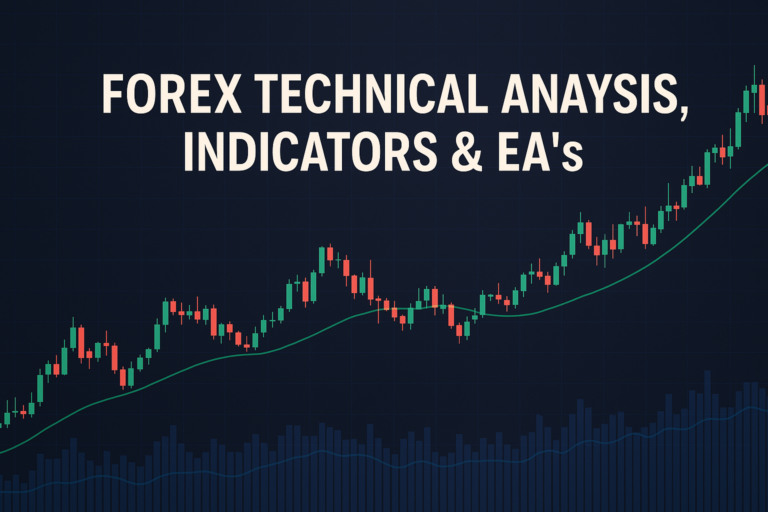
Hedging Restrictions can be a challenge in Forex trading, but with the right knowledge and strategies, you can manage these effectively.
In the world of Forex trading, many traders face a common hurdle: Hedging Restrictions. This issue can create confusion for both beginners and experienced traders. When hedging restrictions are in place, it limits a trader’s ability to protect their investments and manage risk effectively. The challenge arises when traders are unable to hedge their positions, leaving them exposed to market volatility.
Understanding and solving these restrictions is vital for any trader looking to navigate the Forex market successfully. By grasping the concept of hedging restrictions, traders can enhance their strategies and minimize potential losses. Let’s embark on this journey to understand the problem and explore practical solutions together.
Understanding the Problem
Hedging restrictions refer to rules set by brokers or regulatory authorities that limit how traders can hedge their positions. In simple terms, hedging is a strategy used to protect against potential losses in the market. When restrictions are in place, traders may find it challenging to open opposing positions or use specific financial instruments to secure their trades.
These restrictions can occur for several reasons. For instance, some brokers may impose rules against hedging to comply with local regulations or to make their trading platforms more straightforward. A real-life example of this could be a trader holding a long position on the EUR/USD pair. If they wanted to hedge against a potential drop in value by opening a short position but are restricted, they may face significant losses if the market moves against them.
Solutions for Hedging Restrictions
Now that we understand what hedging restrictions are, let’s explore ways to manage and mitigate this issue. Here’s a step-by-step guide to help you navigate these restrictions:
Step 1: Choose the Right Broker
Before you start trading, it’s essential to select a broker that aligns with your trading style. Look for brokers that allow hedging and offer flexible trading options. Review their terms and conditions carefully.
Step 2: Understand Your Trading Strategy
Your trading strategy should be clear and well-defined. If you employ a hedging strategy, make sure you communicate this to your broker. Adjust your strategy if necessary to align with the broker’s policies.
Step 3: Use Alternative Instruments
If hedging is restricted, consider using alternative financial instruments. Options and futures can provide a way to hedge your positions without directly opposing your trades. For example, if you’re long on a currency pair, you can buy a put option to protect yourself against downturns.
Step 4: Diversify Your Portfolio
Diversification is a powerful tool to manage risk. By spreading your investments across different currency pairs or asset classes, you can reduce the impact of adverse price movements on your overall portfolio.
Best Practices for Avoiding Hedging Restrictions
- Stay Informed: Keep up with your broker’s policies regarding hedging restrictions.
- Practice Risk Management: Use stop-loss orders to limit potential losses on your trades.
- Regularly Review Your Strategy: Adjust your trading strategy based on market conditions and broker regulations.
Pro Tips & Warnings: Advanced traders should be aware that while some brokers allow hedging, others may impose additional fees or spreads. Always read the fine print to avoid surprises.
Frequently Asked Questions
How do I detect this issue in real-time?
To detect hedging restrictions in real-time, monitor your broker’s account settings and trade confirmations. If you try to open an opposing position and receive an error message, this could indicate a restriction.
Can brokers legally do this?
Yes, brokers have the right to impose hedging restrictions based on regulatory compliance and their trading model. It’s crucial to choose a broker whose policies align with your trading needs.
What tools can I use to prevent this?
Consider using trading platforms that offer advanced risk management tools. Some platforms provide features that alert you about potential hedging restrictions before placing trades.
Is this problem more common in specific market conditions?
Yes, hedging restrictions may become more prevalent during periods of high volatility or economic uncertainty. Brokers may tighten their policies to protect themselves from excessive risk.
Conclusion
In summary, understanding hedging restrictions is crucial for Forex traders. By choosing the right broker, adjusting your strategy, and employing risk management techniques, you can navigate these challenges effectively. Remember, staying informed is key to improving your trading strategies.
User Engagement & Encouragement: Always seek to enhance your knowledge about Forex trading. The more you learn, the better equipped you’ll be to handle challenges like hedging restrictions. Keep pushing forward!
Recommended Next Steps
To further enhance your understanding of hedging restrictions and Forex trading, consider these steps:
- Join online forums or communities focused on Forex trading to share experiences.
- Read books or take courses on risk management strategies.
- Practice demo trading with different brokers to understand their policies better.
For more insights into forex trading, check out Investopedia and FXStreet.
Expand Your Knowledge
- 📌 Forex Trading Learning Road Map
- 📌 Forex Trading Course with no Fees
- 📌 Forex Trading Issues, Problems, and Solutions
- 📌 Forex Daily Forecast & Live Updates
- 📌 Forex Fundamental & News Analysis: Tomorrow’s Market Movers & Trade Opportunities
- 📌 Forex Education Hub: Learn & Profit
- 📌 Forex Technical Analysis, Indicators & EA’s
Start Trading Today
Ready to take your forex trading to the next level? Open an account with Exness, one of the most trusted platforms in the industry. 👉 Sign Up Now and start trading with confidence!
Exness stands out with ultra-low spreads for mini traders, instant withdrawals, and zero spread accounts for pro traders. Trusted since 2008, Exness offers lightning-fast execution, no hidden fees, and a secure, transparent trading environment—giving you the edge you need to succeed. 🚀 Join now and trade smarter!
Watch this helpful video to better understand Hedging Restrictions:
Note: The video above is embedded from YouTube and is the property of its original creator. We do not own or take responsibility for the content or opinions expressed in the video.
In this video from the Trading Co Trading YouTube channel, the host discusses the concept of hedge trading, which is a strategy that involves buying and selling the same currency pair simultaneously to manage risk. Hedge trading can be particularly beneficial for traders as it allows them to protect their profits while still having the potential for additional gains. The video emphasizes that hedge trading isn’t overly complicated; once you understand the basics and practice it a few times, it becomes an easy strategy to implement. The host explains that hedge trading can take two forms: either placing a buy order and a sell order for the same currency pair or executing trades on different currency pairs. By effectively managing these trades, a trader can create a risk-free scenario where they stand to profit regardless of market direction.
To effectively execute a hedge trade, the video outlines several important considerations. First, it’s crucial to ensure that the initial position is risk-free before opening a new trade in the opposite direction. For instance, if a trader has a long position that has moved significantly into profit, they can place a sell order to hedge against potential downturns, effectively covering their risk. The video also emphasizes the importance of maintaining similar lot sizes and stop-loss levels for both the long and short positions to ensure that the risk remains balanced. Once the trader has a profitable hedge position, they can adjust their stop-loss to a break-even point, thus guaranteeing profit no matter which way the market moves. Overall, the host encourages viewers to practice this strategy in their trading to improve their overall results and minimize risk.





